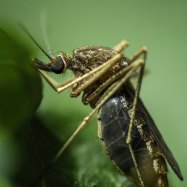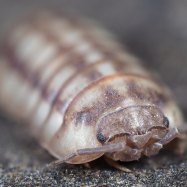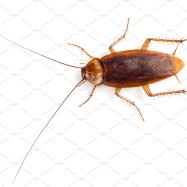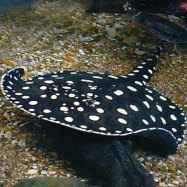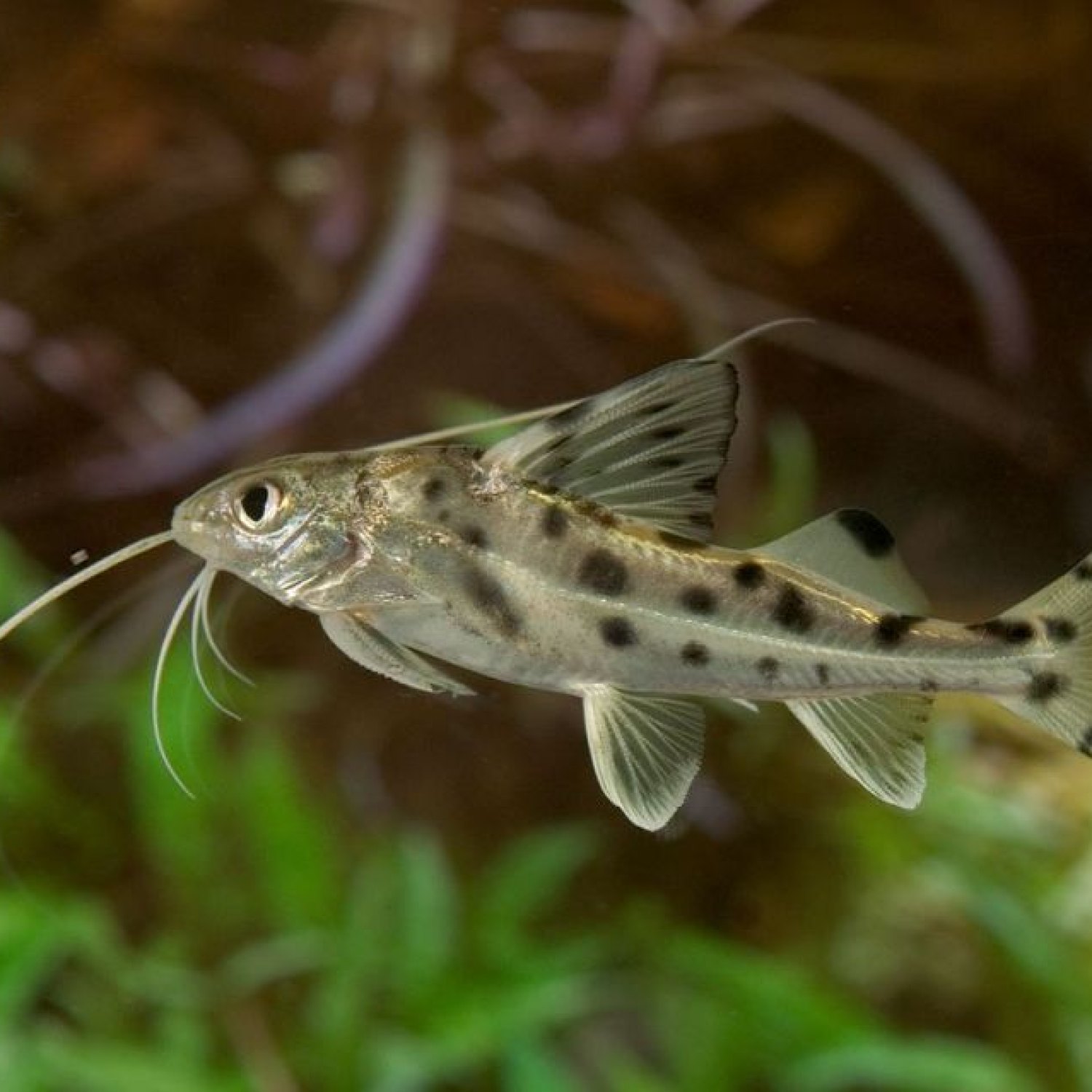
Pictus Catfish
Up to 5.5 inches
Pictus Catfish, found in the Amazon River basin, can reach up to 5.5 inches in length. Known for their streamlined body shape, these Pimelodidae family members make popular additions to home aquariums. With their striking spotted appearance, Pictus Catfish are bound to steal the show in any aquatic display.
Animal Details Summary:
Common Name: Pictus Catfish
Kingdom: Animalia
Habitat: Freshwater
The Mysterious and Fascinating Pictus Catfish: A Jewel of the Amazon River Basin
As we dive deep into the tropical waters of the Amazon River basin, we are greeted by a shimmering yet elusive creature - the Pictus Catfish. With its silver body adorned with black spots, this small but striking fish can easily capture the attention of any observer. But beyond its mesmerizing appearance lies a creature with an intricate life story, habitat, and behavior that make it one of the most unique and fascinating species in South America.A Closer Look at the Pictus Catfish
Scientifically known as Pimelodus pictus, the Pictus Catfish belongs to the kingdom Animalia, the phylum Chordata, and the class Actinopterygii Pictus Catfish. It is part of the order Siluriformes and the family Pimelodidae. Its common name, Pictus, is derived from the Latin word "pictus" which means painted or adorned, perfectly describing its striking appearance.This freshwater fish can be found in the Amazon River basin, specifically in the countries of Peru, Brazil, and Colombia. Due to its wide distribution, it can be found in various water bodies such as rivers, streams, and lakes within these countries. But despite its presence in these areas, the Pictus Catfish remains an elusive and mysterious creature, seldom seen by humans.
The Habitat and Behavior of the Pictus Catfish
The Pictus Catfish is a solitary creature, preferring to live and hunt alone in the depths of the Amazon River basin. It is most commonly found in slow-moving waters, close to the riverbed, where it blends in perfectly with its surroundings. Its body coloration, silver with black spots, acts as a camouflage, helping it to evade predators and catch its prey.As a carnivorous species, the Pictus Catfish has a voracious appetite and feeds on a variety of creatures in its habitat, including worms, insects, shrimp, and smaller fish Parson Russell Terrier. Its elongated and streamlined body shape allows it to move effortlessly through the water and capture its prey with precision. This species has also been observed to be a nocturnal hunter, making it even more challenging to spot in the wild.
The Mystique of the Pictus Catfish: A South American Jewel
The Pictus Catfish has captured the imagination of fish enthusiasts and researchers alike due to its unique physical features and behavior. But what makes it truly fascinating is its connection to the Amazon River basin, a habitat rich in biodiversity and home to countless other species of fish, plants, and animals.Located in South America, the Amazon River basin is the largest tropical rainforest in the world, covering more than 2.1 million square miles. It is home to an astonishing variety of flora and fauna, making it one of the most diverse ecosystems on the planet. And within this vast landscape, the Pictus Catfish manages to thrive, adapting to its environment and maintaining its place as a top predator.
The Importance of Natural Language Processing (NLP) in Studying the Pictus Catfish
As we uncover more information about the Pictus Catfish, it becomes clear that there is no shortage of data and studies on this species. But analyzing and understanding this data can be a challenging task without the help of Natural Language Processing (NLP). This field of computer science focuses on human language, enabling machines to understand and interpret written or spoken language, just like humans.With the use of NLP, researchers can process and analyze vast amounts of data on the Pictus Catfish, from its physical characteristics, behavior, and habitat to its genetics and distribution. This technology has allowed us to gain a deeper understanding of this elusive species, which would not have been possible with traditional methods.
The Future of the Pictus Catfish and the Amazon River Basin
Despite its unique qualities and contribution to the biodiversity of the Amazon River basin, the Pictus Catfish, like many other species in the region, faces numerous threats. Deforestation, pollution, and overfishing are some of the main challenges that this species and its habitat are currently facing. Without proper conservation efforts, the Pictus Catfish and the entire ecosystem of the Amazon River basin could be in danger.As responsible inhabitants of this planet, it is our responsibility to protect and preserve the natural habitats of species like the Pictus Catfish. This can be achieved through sustainable fishing practices, reducing pollution, and supporting conservation efforts in the Amazon region. Only by working together can we ensure the future of this beautiful and enigmatic fish and all the other creatures that call the Amazon River basin their home.
In conclusion
The Pictus Catfish may be a small and elusive creature, but it has captured our attention and sparked our curiosity. With its unique physical features, behavior, and connection to the Amazon River basin, it truly deserves the title of a South American jewel. As we continue to learn more about this fascinating species, let us remember to appreciate its beauty and play our part in ensuring its survival for generations to come. And with the help of technologies like NLP, we can delve deeper into the mysteries of the Pictus Catfish and other creatures, unlocking a greater understanding of the complex ecosystems that make up our planet.

Pictus Catfish
Animal Details Pictus Catfish - Scientific Name: Pimelodus pictus
- Category: Animals P
- Scientific Name: Pimelodus pictus
- Common Name: Pictus Catfish
- Kingdom: Animalia
- Phylum: Chordata
- Class: Actinopterygii
- Order: Siluriformes
- Family: Pimelodidae
- Habitat: Freshwater
- Feeding Method: Carnivorous
- Geographical Distribution: South America
- Country of Origin: Peru, Brazil, Colombia
- Location: Amazon River basin
- Animal Coloration: Silver with black spots
- Body Shape: Elongated and streamlined
- Length: Up to 5.5 inches

Pictus Catfish
- Adult Size: 4-5 inches
- Average Lifespan: 5-8 years
- Reproduction: Sexual
- Reproductive Behavior: Egg scatterers
- Sound or Call: None
- Migration Pattern: Non-migratory
- Social Groups: Sometimes form small groups
- Behavior: Nocturnal, bottom-dwelling
- Threats: Habitat destruction, pollution, overfishing
- Conservation Status: Least Concern
- Impact on Ecosystem: Important for controlling insect populations
- Human Use: Popular aquarium fish
- Distinctive Features: Long barbels, forked tail fin
- Interesting Facts: Can produce audible clicking sounds
- Predator: Larger fish, birds
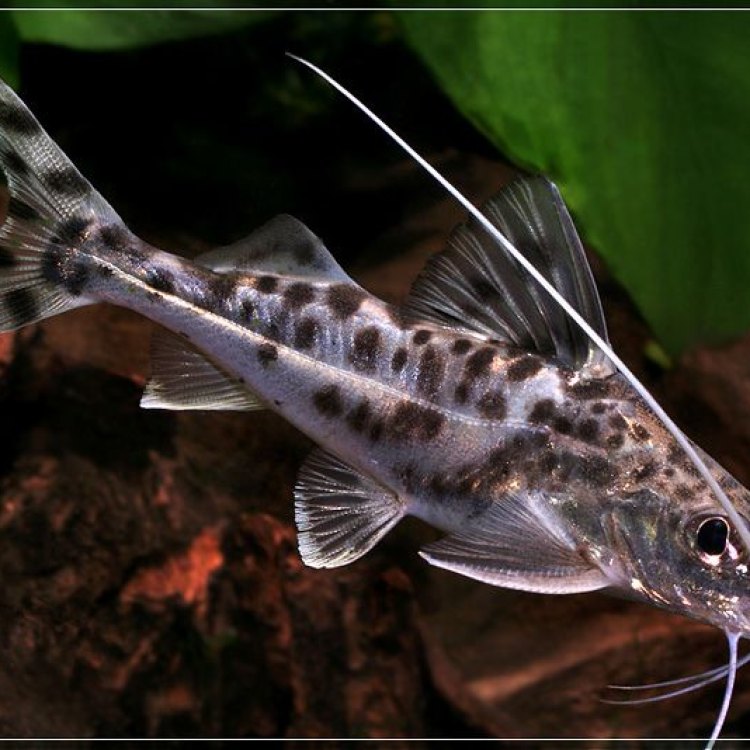
Pimelodus pictus
The Fascinating Pictus Catfish: A Unique and Important Species
In the world of aquatic creatures, the Pictus Catfish is definitely a standout. This remarkable species, known scientifically as Pimelodus pictus, has captured the hearts of many aquarium enthusiasts with its distinctive features, interesting behavior, and important ecological role. In this article, we will dive into the world of the Pictus Catfish, exploring its unique characteristics, behavior, and impact on the ecosystem.The Pictus Catfish, also known as the Pictus Cat or Angel Catfish, is a small freshwater fish native to the Orinoco and Amazon basins in South America PeaceOfAnimals.Com. They are commonly found in the rivers, streams, and floodplains of these regions, where they thrive in a variety of water conditions. Despite being a popular aquarium fish, not much is known about their behavior and life in the wild. However, through observations in captivity and research studies, we are able to uncover some fascinating facts about this elusive creature.
One of the most distinctive features of the Pictus Catfish is its long, whisker-like barbels, which are sensitive to touch and help the fish navigate and find food in murky waters. These barbels, also known as sensory organs, are located on the sides of its mouth and can grow up to half the length of its body. They are often seen moving and twitching, giving the Pictus Catfish a unique and charming appearance.
In addition to their barbels, the Pictus Catfish is also known for its forked tail fin, which allows them to swim swiftly and gracefully through the water. They are often referred to as "swimming cats" because of their agile movements and playful nature. This makes them a delight to watch in aquariums, where they are commonly kept with other peaceful fish species Purple Tarantula.
Mature Pictus Catfish can grow up to 4-5 inches in length, making them a relatively small fish compared to other catfish species. However, what they lack in size, they make up for in their behavior and impact on the ecosystem. Pictus Catfish are nocturnal and bottom-dwelling, which means they are most active at night and spend most of their time near the bottom of the water. This behavior is crucial for their survival as it helps them avoid larger predators such as fish and birds, who are more active during the day.
When it comes to reproduction, the Pictus Catfish follows the typical sexual reproduction process, where the male fertilizes the eggs released by the female. However, what sets them apart from other fish species is their unique reproductive behavior. Pictus Catfish are egg scatterers, meaning the female will release her eggs into the water, and the male will then fertilize them. This behavior can be observed in aquariums, where they lay eggs on the leaves of plants or other surfaces. The eggs hatch within a few days, and the parents play no role in caring for the fry, making them a relatively low-maintenance species for breeding.
One interesting fact about Pictus Catfish is that they can produce audible clicking sounds by rubbing their pectoral spines against their muscles. These clicking sounds are believed to serve as a form of communication between members of the species, especially during breeding and territorial disputes. While the exact purpose of these sounds is not fully understood, it is definitely a unique and fascinating aspect of their behavior.
Like any other species, the Pictus Catfish also faces threats to its survival. Habitat destruction, pollution, and overfishing are some of the most significant threats to their population. As their native habitats are cleared for development and industrial activities, the Pictus Catfish is losing its natural habitat. Pollution from agricultural and industrial activities also poses a threat, as it can contaminate their habitat and food sources. Furthermore, overfishing, both for human consumption and as an aquarium fish, can lead to a decline in their population. As a result, the Pictus Catfish is listed as a species of Least Concern by the International Union for Conservation of Nature (IUCN). Nevertheless, it is essential to address these threats and protect their natural habitats to ensure the survival of this unique and important species.
But why is the Pictus Catfish vital for our ecosystem? As bottom-dwelling and nocturnal fish, they play an important role in controlling insect populations. Insects, such as mosquitoes, can be a nuisance and even carry diseases in large quantities. Pictus Catfish feed on these insects, keeping their population in check. Additionally, the dead plant matter and debris they consume help keep the water clean and prevent the build-up of harmful substances. Without the Pictus Catfish, the balance of the ecosystem could be disrupted, leading to potential consequences for other species and humans.
In addition to its importance in the ecosystem, the Pictus Catfish also has a significant impact on human use. As mentioned earlier, they are a popular aquarium fish, known for their unique appearance and behavior. Due to their small size and peaceful nature, they are a suitable option for smaller aquariums and can coexist with a variety of fish species. They are also relatively easy to care for, making them a favorite among beginner and experienced fishkeepers alike.
However, before considering getting a Pictus Catfish as a pet, it is crucial to understand their specific care requirements. As they are bottom-dwellers, they prefer a substrate of sand or fine gravel in their aquarium. They also require plenty of hiding places, such as caves or plants, to feel secure. With a well-maintained and properly set up aquarium, Pictus Catfish can live up to 5-8 years in captivity, providing their owners with a loyal and entertaining companion.
In conclusion, the Pictus Catfish is a unique and fascinating species that deserves our attention and protection. From its distinctive features and interesting behavior to its vital role in controlling insect populations and popularity as an aquarium fish, the Pictus Catfish has captured the hearts of many. As their population faces threats, it is essential to raise awareness and take action to preserve their natural habitats and ensure their survival. So, let us appreciate and admire the beauty and importance of the Pictus Catfish, a truly remarkable creature of the aquatic world.
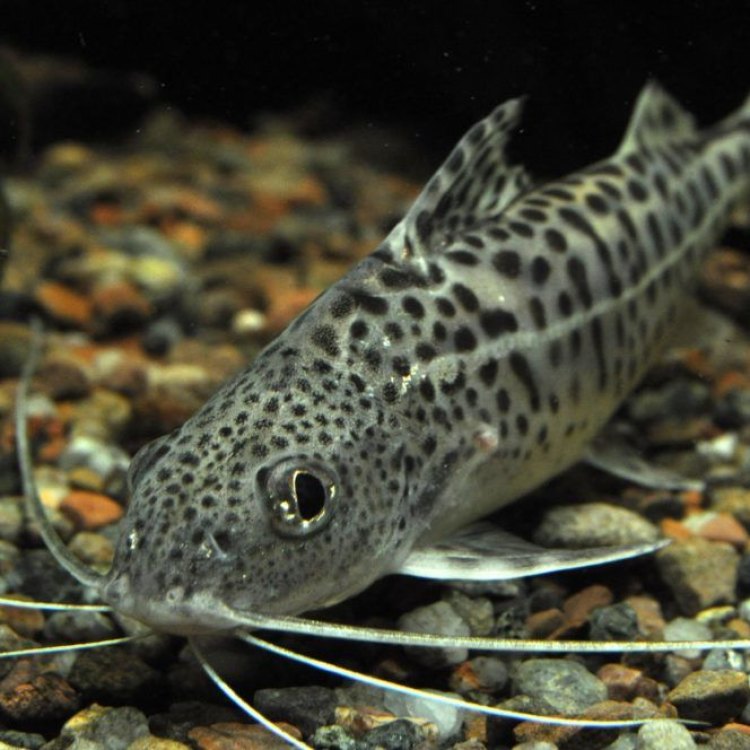
The Mysterious and Fascinating Pictus Catfish: A Jewel of the Amazon River Basin
Disclaimer: The content provided is for informational purposes only. We cannot guarantee the accuracy of the information on this page 100%. All information provided here may change without prior notice.



